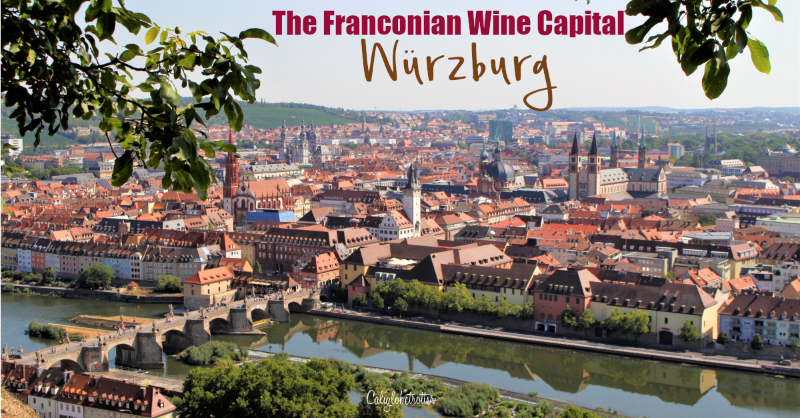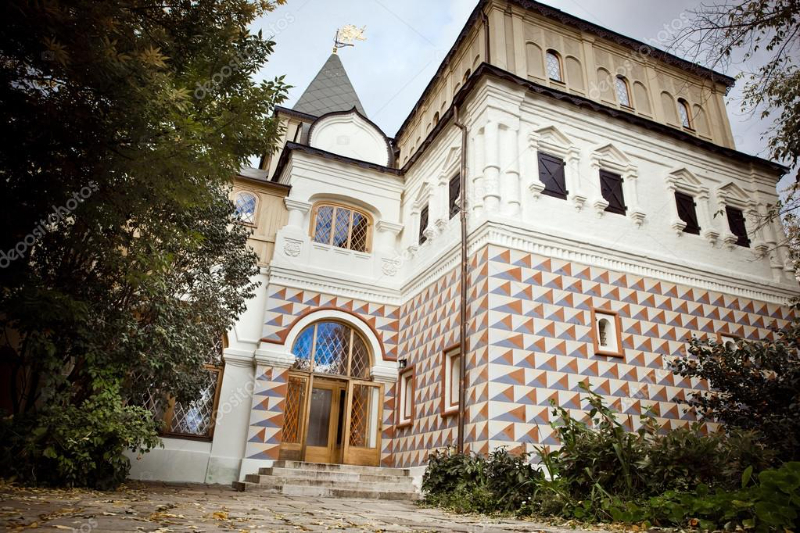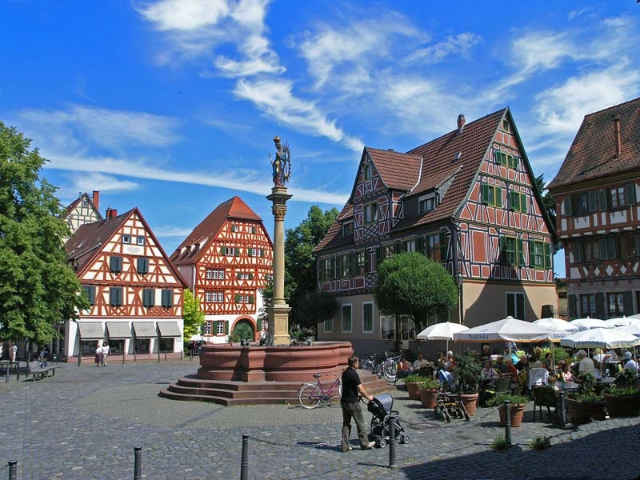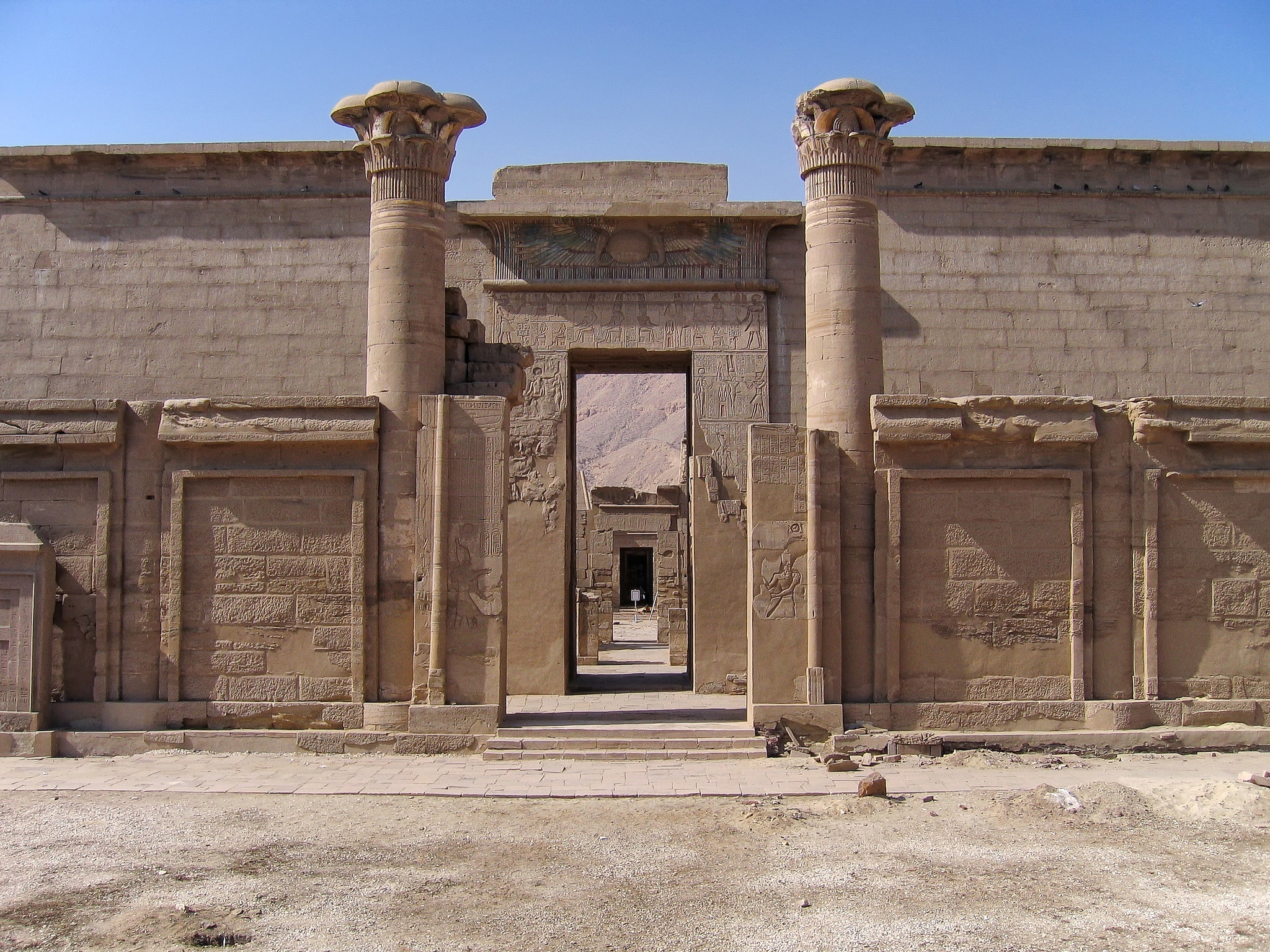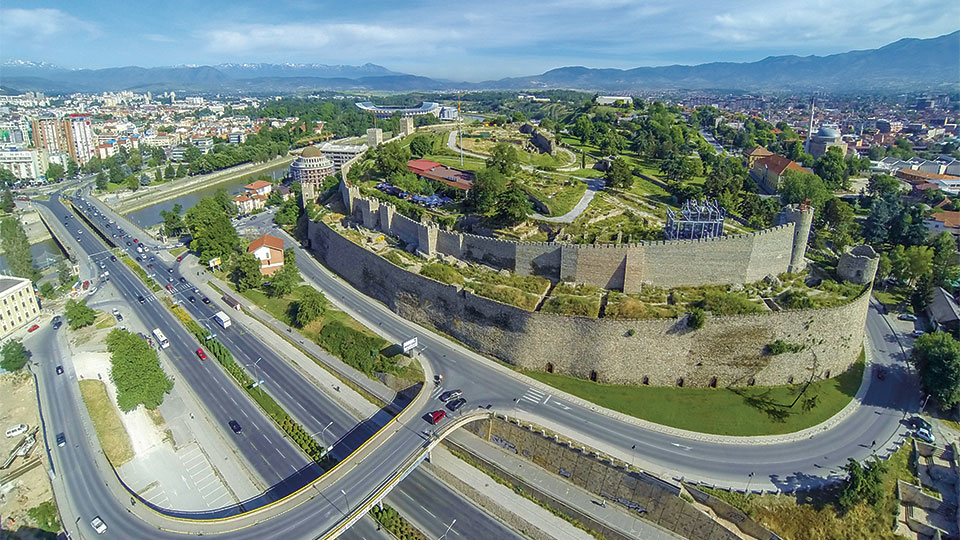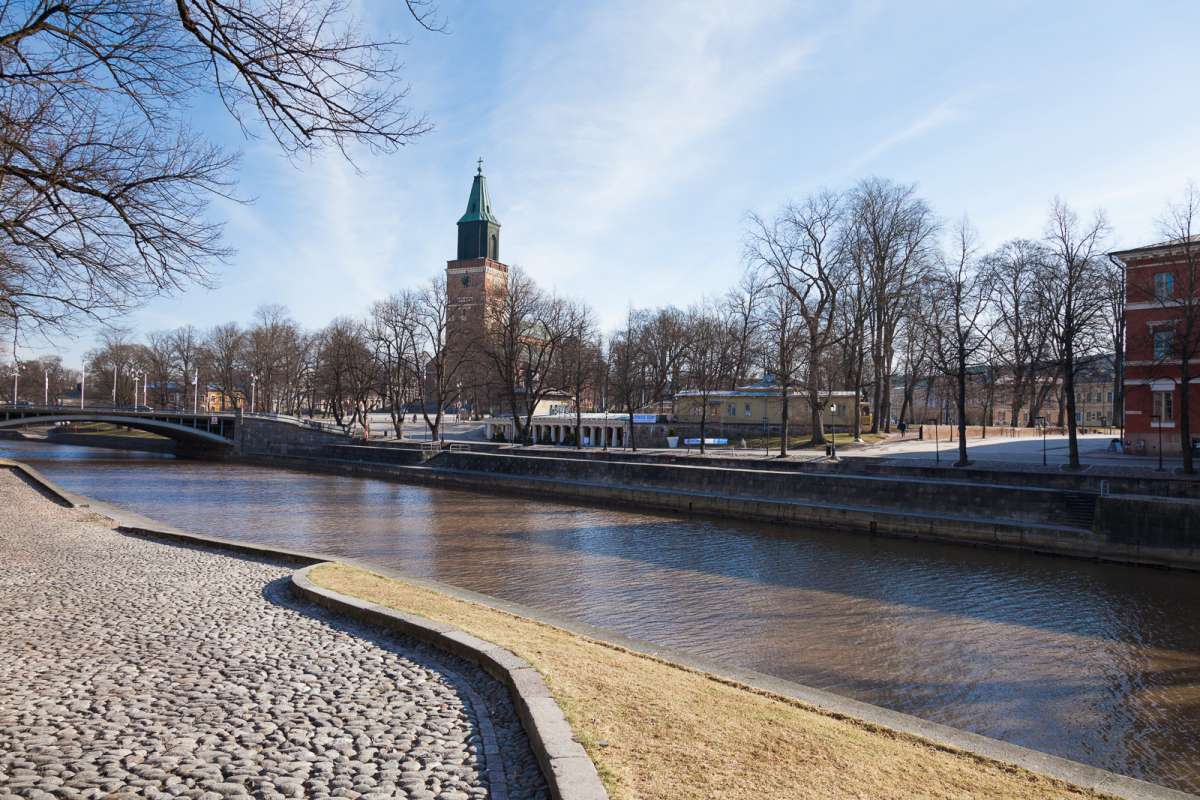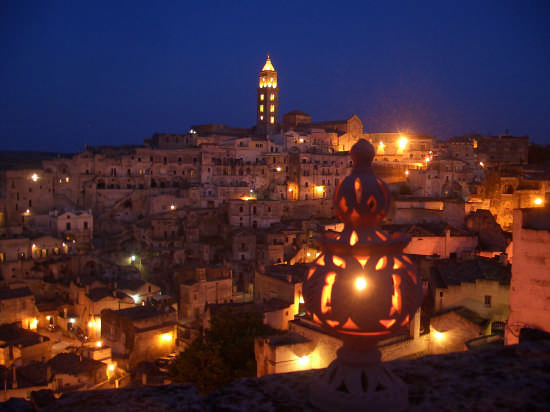<p><strong>Würzburg</strong> is a Baroque city offering southern German flair and Franconian hospitality. Architectural masterpieces from various eras shape the cityscape. Even from afar, the two imposing towers of St. Kilian Cathedral – the fourth largest Romanesque church in Germany – point the way to the city. Würzburg’s famous landmarks are the Würzburg Residence with its Court Gardens and Residence Square (a UNESCO World Heritage Site), the Marienberg Fortress and the 180-metre-long Old Main Bridge, which is lined with impressive statues of saints. Gracefully straddling the banks of the Main River amid idyllic vineyards, the location alone is reason enough to visit Würzburg. Würzburg lies in a beautiful location in a basin in the Main valley. Not to burst your bubble or anything, but technically Würzburg isn’t Bavarian at all. And many Bavarians would agree and so would many Franconians. Yes, today, Würzburg is a part of the state of Bavaria, Germany’s most popular state, but this region once belonged to Franconian tribes before being predominantly under ecclesiastical rule in Bamberg and under the control of prince-bishops in Bamberg and Würzburg. Würzburg’s history though dates back to 1000 B.C. when a Celtic fortification was built upon the Marienberg mountain and from then on, the region was highly fragmented before becoming a part of the Kingdom of Bavaria in 1814. Intense bombing at the end of WWII left more than 90 percent of the Old Town (Altstadt) destroyed. It has since been painstakingly rebuilt and today offers numerous fine examples of medieval and more contemporary architecture, especially around the historic Market Square (Marktplatz). A fascinating display about the tragic bombing, marked each year by the rising of the city’s church bells, can be seen in the Old Town Hall. The Old Town is also a vibrant cultural center and boasts numerous events, festivals, historical tourist attractions, and fine old hotels.</p>
